Fibre vs Yarn vs Fabric: Find the Differences
Last updated on March 11th, 2024 at 12:00 pm
Fibre is the unit part which is used to produce yarn and yarn is used to produce fabric. Fabric is used to make clothing which is the second basic need of human being. In this article we will try to figure out the differences between fibre, yarn and fabric.
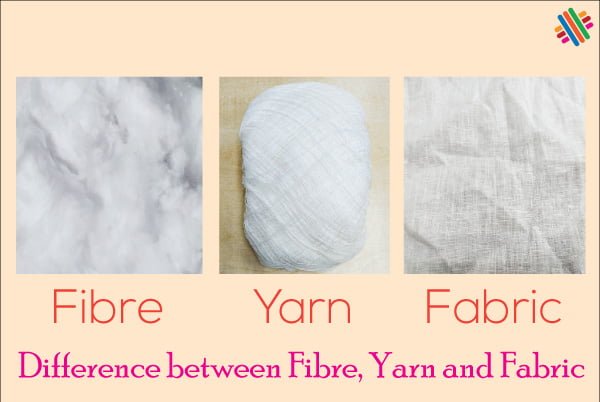
Textile Fibre
A fibre is a long fine continuous thread or filament that can be spun into yarn such as cotton, jute, polyester, nylon etc. Its length is thousand times longer than its width. To be a textile fibre it should have some definite properties like length, fineness, softness, crimp, flexibility, elongation, strength etc. So, all the fibres cannot be defined as textile fibres.
Textile fibres can be divided into two major categories. One is natural and another is man-made or artificial. Textile fibres can be both staple and filament. Staple fibres have a definite length and are shorter. But filament fibres are longer and don’t have any definite length. All the natural fibres are staple except silk. Synthetic fibres can be staple or filament.
Natural Fibre
The fibres which are directly or indirectly derived from nature or natural resources are termed as natural fibre. Natural fibres are sub-classified into three major categories according to their origins. They are Vegetable, animal and mineral fibres. Cotton, Jute, Sisal etc. are vegetable fibres, Wool, Silk etc. are animal fibres and Asbestos is a mineral fibre.
Man-made Fibre
The fibres which are produced artificially are called man-made or synthetic fibres. According to the end use their chemical composition, structure, and properties are greatly modified during the production process. According to the raw materials used to make these fibres are classified into three major categories and they are Regenerated, Synthetic and In-organic fibres. Viscose, Tencell etc. are regenerated cellulosic fibres. Polyester, nylon, acrylic etc. are synthetic and Metallic fibres are Inorganic fibres.
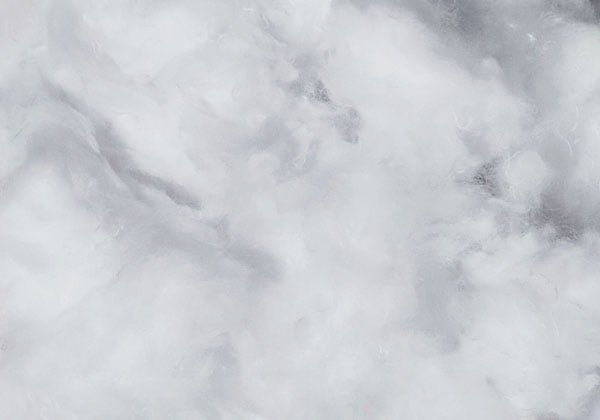
Textile Yarn
A Textile yarn can be defined as a thread made of natural or man-made fibers which is used for knitting and weaving. Yarns can be made with natural fibers like cotton, linen from plants or wool from sheep and silk from silkworms. It can also be made with man-made fibers like nylon, acrylic, polyester etc. Yarn is produced by the spinning process by hand or by machine method.
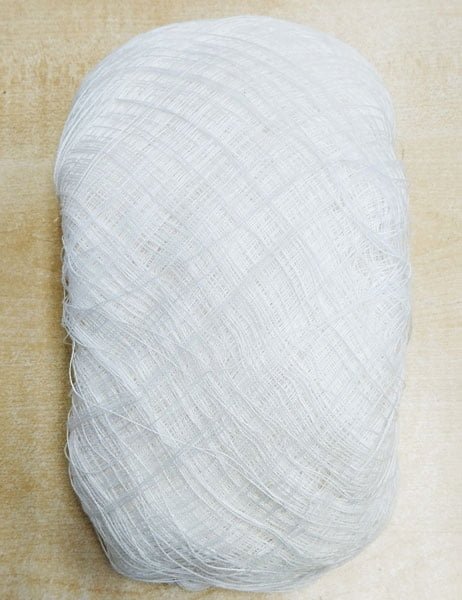
There are different types of yarn like staple yarn, filament yarn, bulk yarn, stretch yarn, novelty yarn etc. Staple yarn is made from staple fibres and is the most common used yarn. It can be made from natural fibres as well as from synthetic fibres. Filament yarn is made from one or more than one continuous strand by twisting or without twisting for single filament.
Most of the filament yarns are made from synthetic fibres except silk filament yarn. Bulk yarn is made from bulk continuous filament fibres without or with a little twist. This type of yarn is used to make overlock stitches. Stretch yarn is made from continuous filament fibre having elastic properties. This type of yarn is used in the seams like arm opening, leg opening etc. areas. Novelty yarns like metallic yarn, fancy yarn etc. are used for decorative purposes.
Fabric
Fabric is made from weaving or knitting process by using a set number of yarns. There are mainly three types of fabrics, and they are woven, knitted and non-woven fabric. Woven fabric is made by weaving process with the help of a loom. Knitted fabric is made by knitting process with the help of a knitting machine or by hand method like crochet. Non-woven fabrics are made by felting or bonding fibres together.
Woven fabrics are manufactured in a loom. There are two basic types of looms. One is manual or hand loom and another is power loom. Vertical loom, pit loom, frame loom etc. are manual loom and air jet loom, water jet loom, rapier loom etc. are power loom.

Two sets of yarns are used in loom to make to make woven fabrics. One set of yarn is called warp yarn which is used length wise. And another set of yarn is called weft yarn which is used width wise. There are different types of woven fabric structures like plain weave, twill weave, satin weave, basket weave etc. Plain weave is used to make fabrics that are normally used to make shirts. Twill weave is used to make fabrics that are normally used to make jeans.
Basically one set of yarn is used to make knitted fabrics by interloping. Due to its fabric structure knitted fabrics have stretch properties. Length wise yarns are called wales and widthwise yarns are called course. Normally there are two types of knitted fabrics like weft knit and warp knit. Single jersey, Lacoste, Rib Knit, Interlock Knit, Pointelle, Fleece, Knitted Velour etc. are weft knit. Tricot, Raschel etc. are warp knit.
Non-woven fabrics are lighter in weight and weaker compared to woven or knitted fabrics. Cotton, rayon, polyester etc. fibres are used to make non-woven fabrics. These are used to make surgical and industrial masks, bandages, wipes and towels. Sometimes non-woven fabrics are also used to make packing materials, roadbed stabilization sheeting or road-building materials geo-textiles and roofing products.
You may like also:
1. Cotton Vs Jute: Find the Key Differences
2. Cotton Vs Organic Cotton: Know the Differences
3. Cotton VS Wool – Which one is More Comfortable?


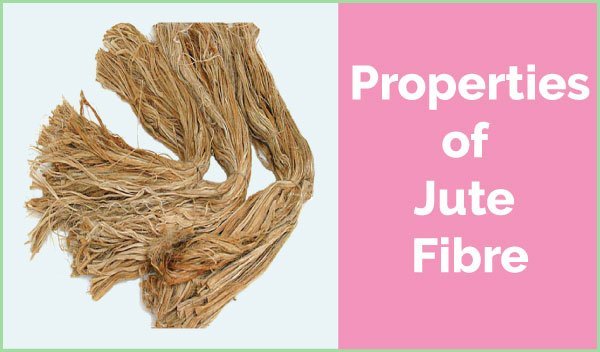
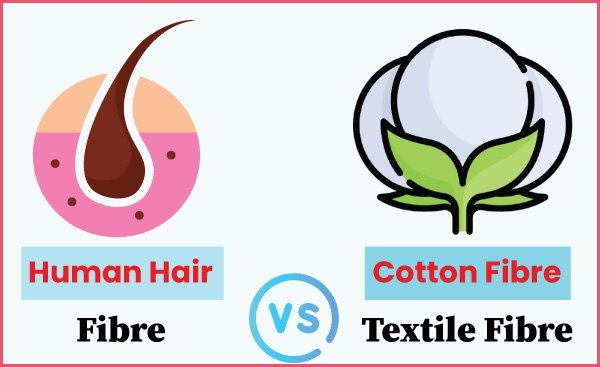
Nice post.
Thanks.
Be with us.
hi! I need some information. Could u pls help ?
Plz elaborate
Businesses need to use print media to succeed in their communication strategy. A true ally of professionals, Abcprint.shop offers a number of quality services to better support them.Celebrities close to your heart? Don't people think you're an amateur? For professionals, are you looking for a basic means of communication to strengthen your visibility with your potential customers? Needless to say, Abprint.shop is a designer that has to create personalized impressions for all kinds of things for your convenience. Indeed, in order to boost your turnover, it is essential to suppress your notoriety in the market. So, to achieve this, call our fast and quality service.With us, customers are king, so if any printing idea comes to your mind, don’t stay behind. Come and consult us without hesitation as we will provide all our services to embody you in imaginative objects.
I really love the theme/design of your website. Do you ever run into any browser compatibility problems? A small number of my blog audience have complained about my site not working correctly in Explorer but looks great in Safari. Do you have any ideas to help fix this problem?
you’re actually a good webmaster. The site loading pace is amazing. It sort of feels that you’re doing any unique trick. Moreover, The contents are masterpiece. you have done a magnificent task on this matter!
Please provide me with more details on the topic
I’m so in love with this. You did a great job!!